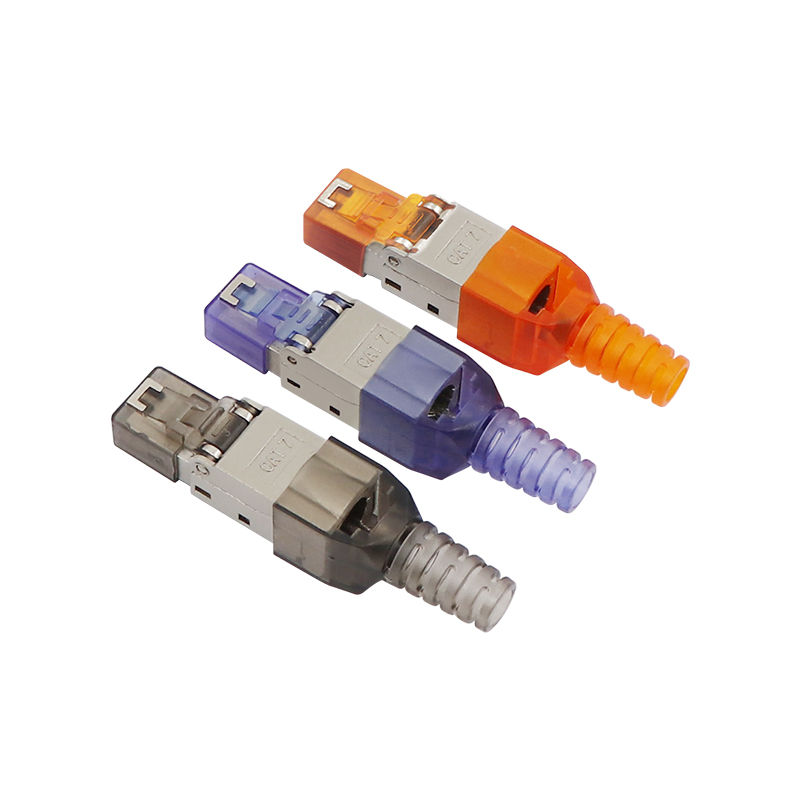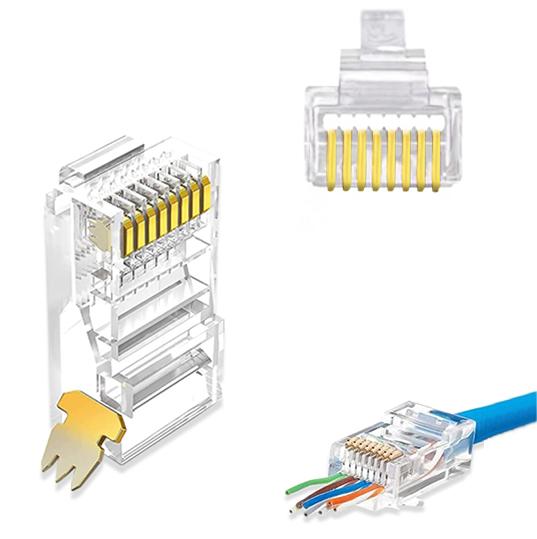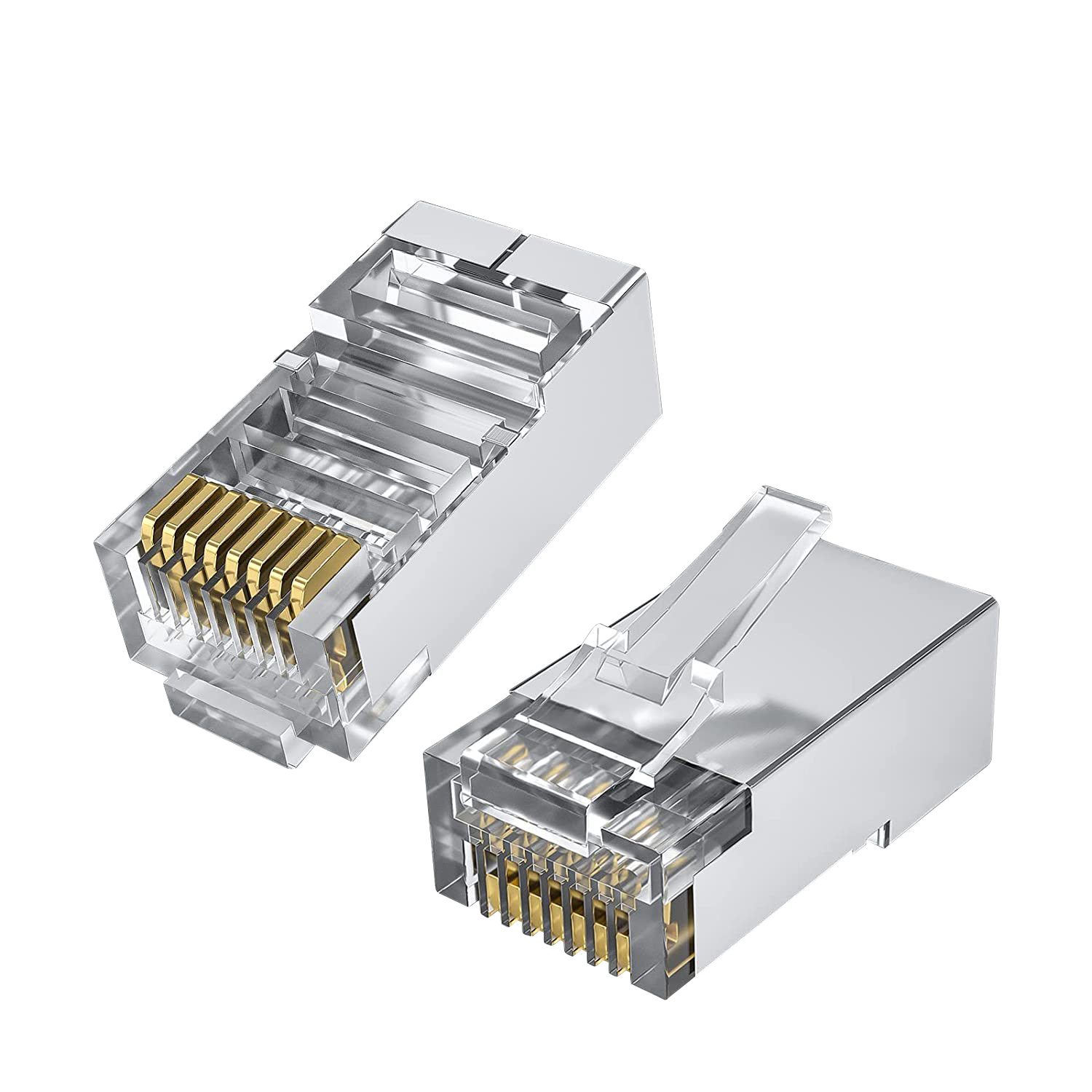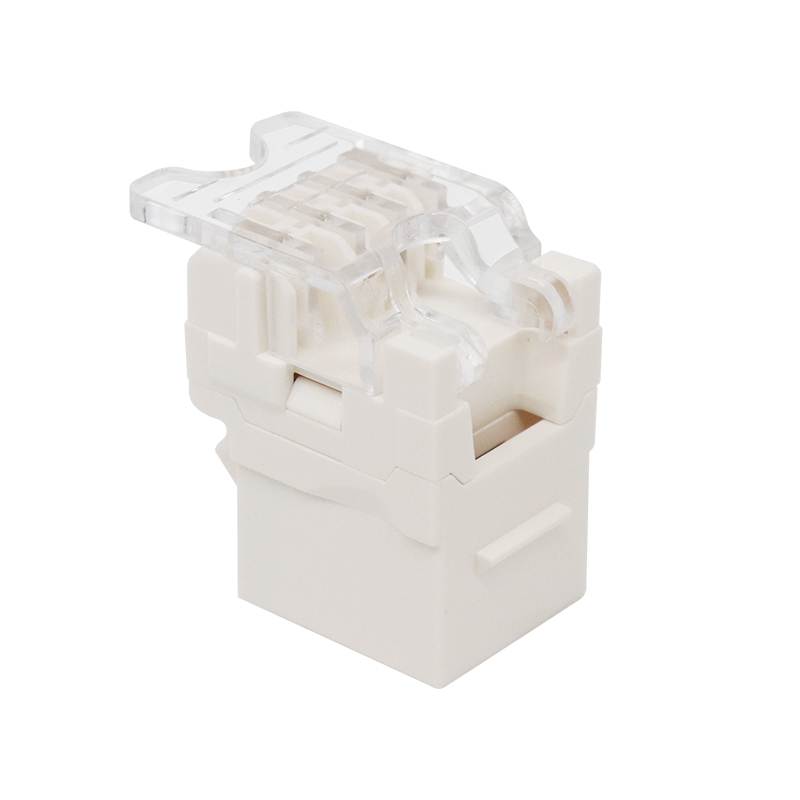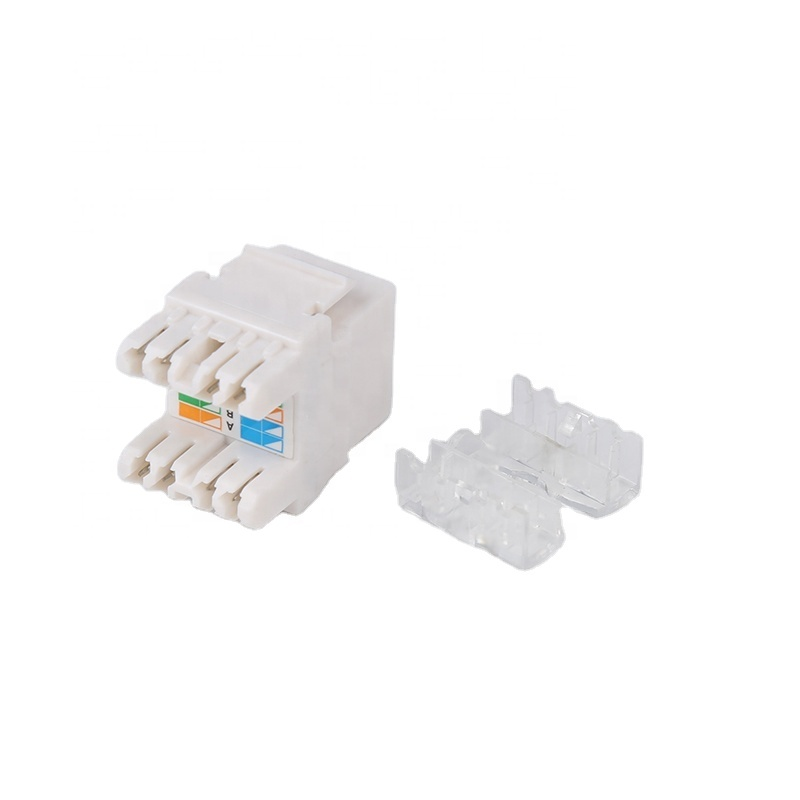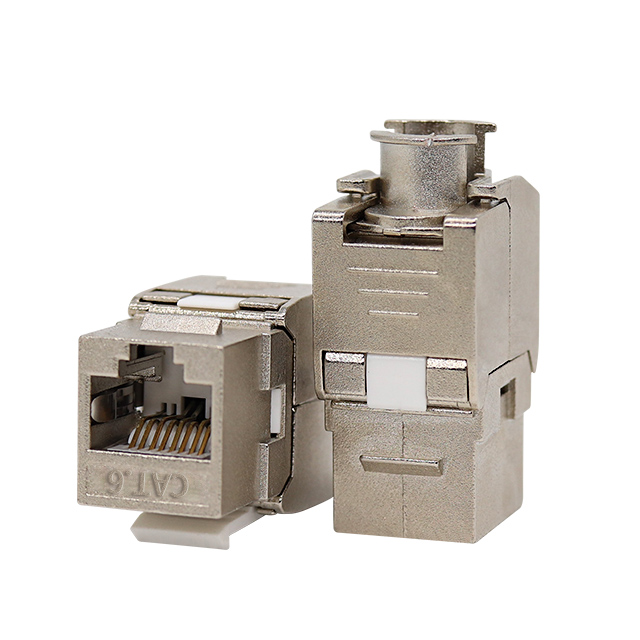How do i choose the right fiber optic patch cord?
2025-09-15
Fiber Optic Patch Cord Selection Guide
1. Select the mode based on transmission distance and speed
Short-distance, high-density (within a cabinet/in the same equipment room):
Multimode OM4 (turquoise jacket): Supports 40G/100G (≤150 meters), the preferred price-performance ratio.
Do not use OM1/OM2 (outdated, only supports 1G).
Long-distance/inter-floor:
Single-mode OS2 (yellow jacket): Supports 100G+ (10km+), essential for backbone links.
2. Connector Matching Device Ports
SFP/SFP+ ports: Choose an LC duplex patch cable (occupies one port space, stable insertion and removal).
QSFP28/CFP high-speed ports: Choose an MPO-12/24-fiber (100G/400G aggregation).
Old broadcast/surveillance equipment: Choose an SC connector (snap-on, vibration-resistant).
Prohibited behavior: Hard-plugging an LC connector into an SC port (adapter conversion increases loss by 3dB).
3. Select a sheath based on environmental adaptability
Data room: PVC soft sheath (flexible, low cost).
Corridor ceiling/floor trough: Armored patch cord (rodent-resistant and trample-resistant).
Chemical/outdoor: Fully sealed IP67-rated LC connector (acid-resistant, alkali-resistant, and rain-resistant).
Elevator/repeated bending: Bend-insensitive type (G.657.A2 standard).
4. Key Performance Verification Points
Endface Polish Type:
UPC (blue): General use (≤25G).
APC (green): HD video/high-speed links (>25G requires low reflection).
Loss Pre-Test:
The manufacturer is required to provide an IL/RL report (insertion loss ≤ 0.3dB, return loss ≥ 50dB).
Polarity Check:
MPO patch cords using A/B/C types must match the transceiver end (mismatching will result in link interruption).
5. Avoiding Cost Traps
Avoid contracted bare cables: Unbranded patch cables have high eccentricity in their ceramic sleeves (visible with a red light pen).
Don't rely solely on single-mode for short distances: For distances ≤100 meters, single-mode cables require higher-priced optical modules (multimode cables save 60% of the cost).
Spare Parts Strategy:
Trunk links: Original patch cables (stability is a priority).
Temporary extensions: Third-party certified patch cables (such as those with a Fluke test report).
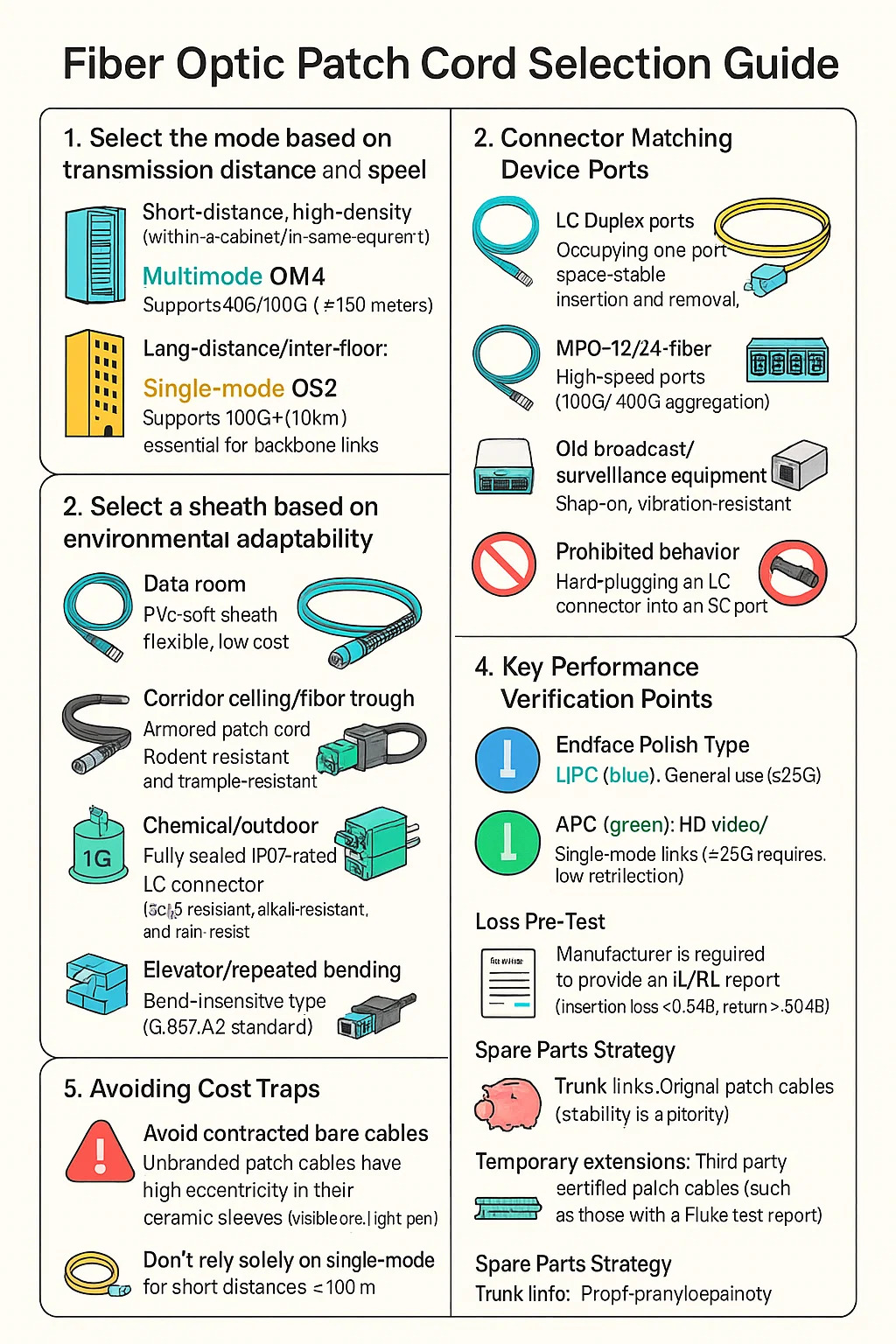
cooperate with PUXIN?
Contact us to find out how our products can transform your business and
take it to the next level.



